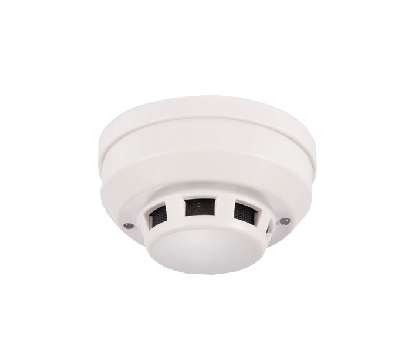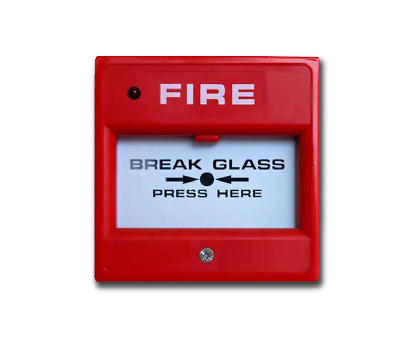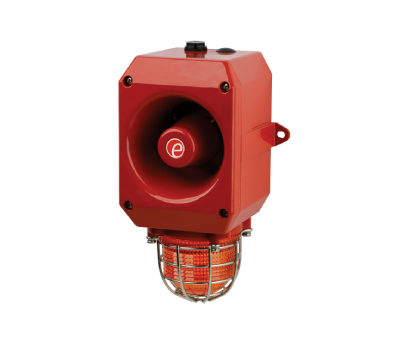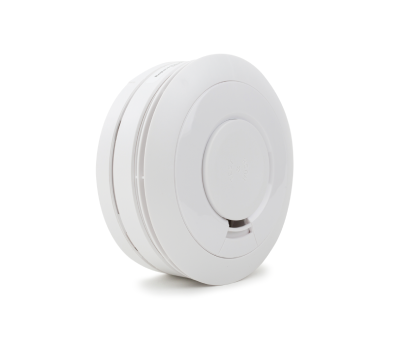
DETECTION

DETECTION
Early detection, rapid response and effective protection.
Fire Detection Systems Design
The design of a fire detection system is essential for the early identification of risk situations, allowing a quick and effective response that minimizes damage and protects the lives of the occupants. This design contemplates the correct selection, location and integration of electronic devices capable of identifying smoke, heat or flame, according to the characteristics of the building and its risk level.
Phases of the Design Process
Calculation report and technical justification.
Bill of materials and specifications.
Regulatory compliance report.
Detailed drawings with location of detectors.
Protect human lives, critical assets and operational continuity.
DESIGN OBJECTIVES:
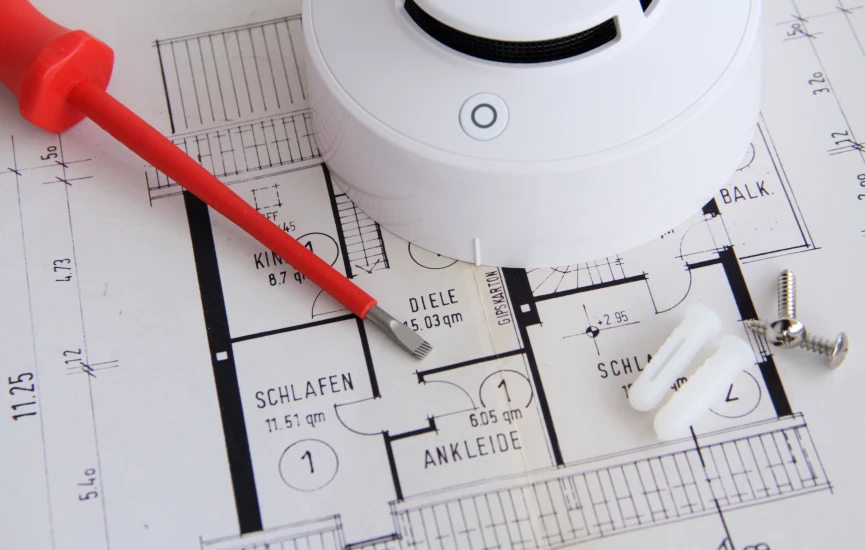
Detection Solutions Tailored to Each Environment.
TYPES OF SYSTEMS DESIGNED
Intelligent addressable systems:
Able to identify the exact device generating the alarm.
Conventional systems:
For simpler installations and technical sectors with a low number of zones.
Aspiration detection systems (VESDA):
For critical environments such as data centers or electrical rooms.
Integrated systems with audio evacuation:
For applications where guided evacuation is essential (hotels, hospitals, public buildings).

